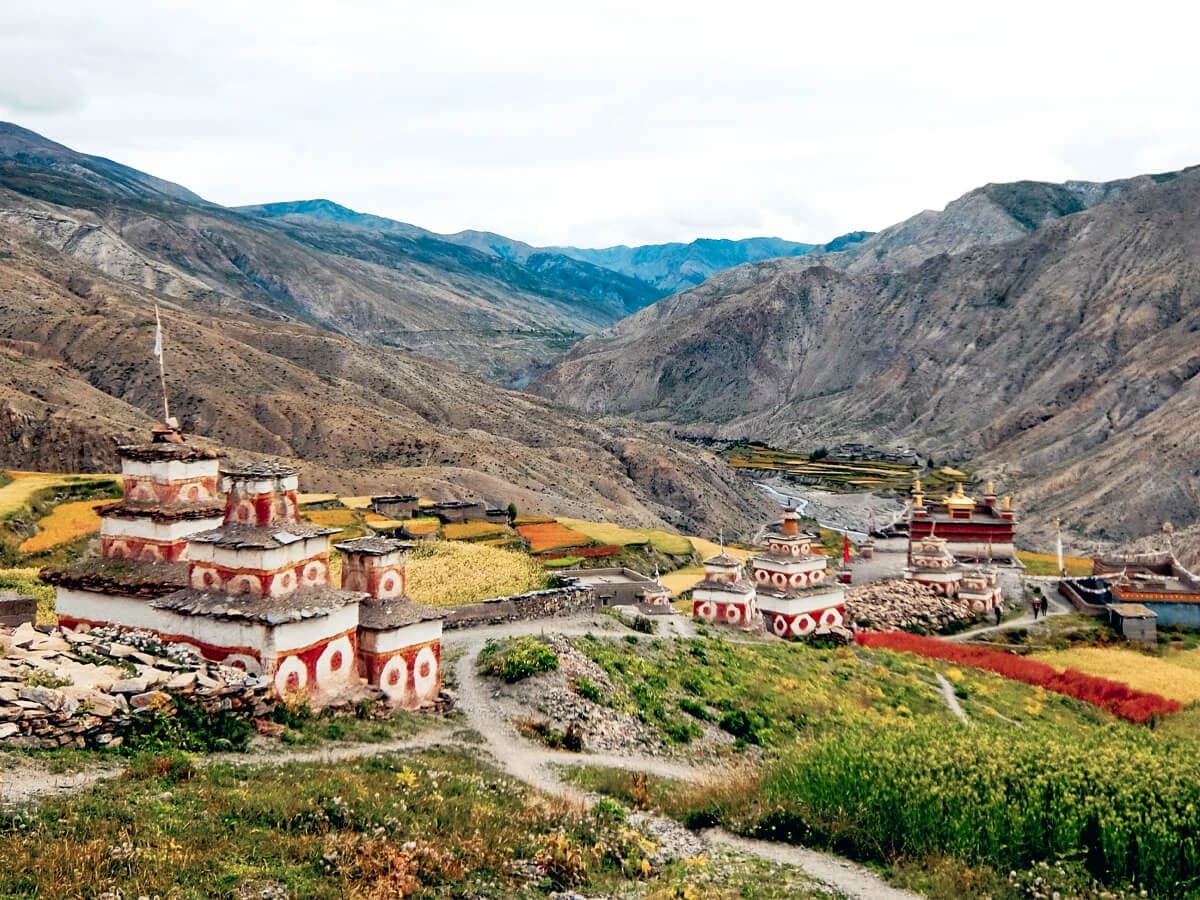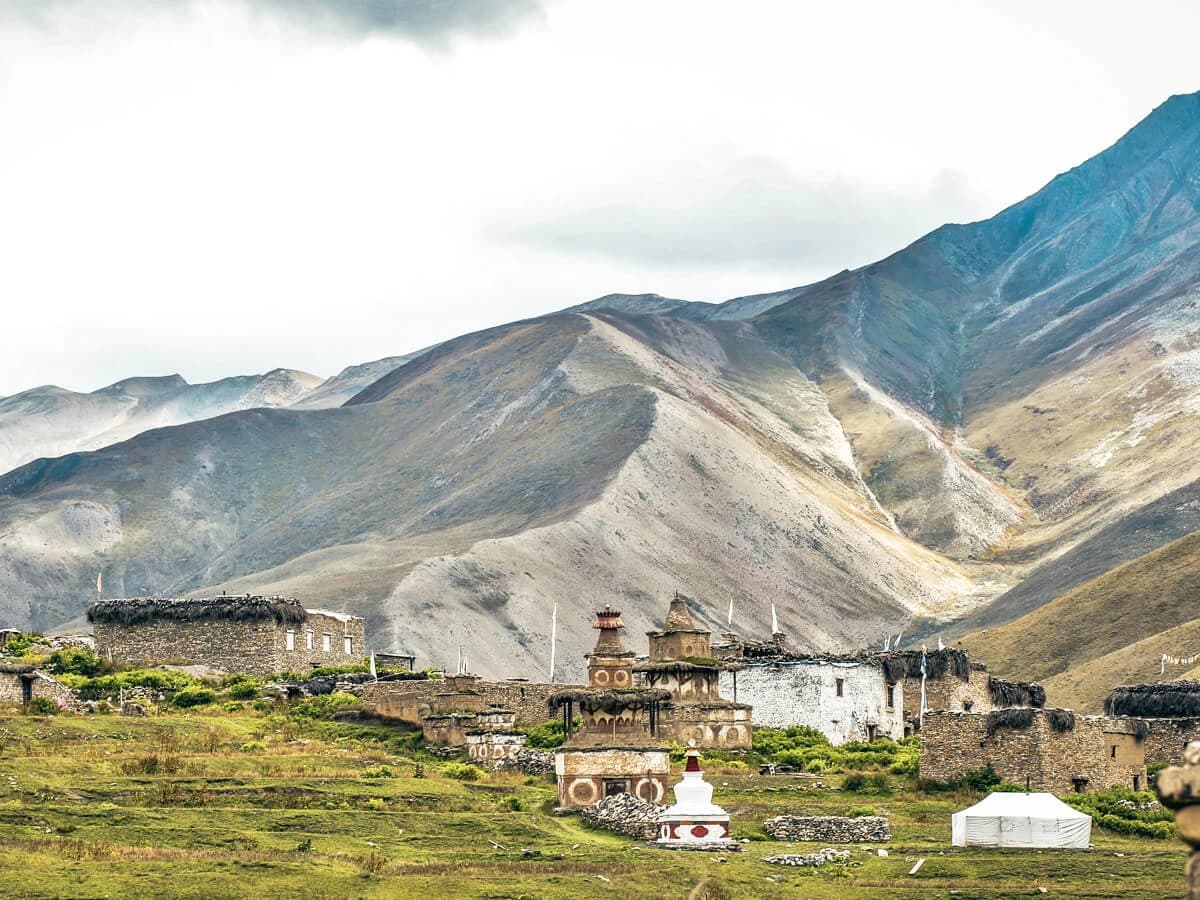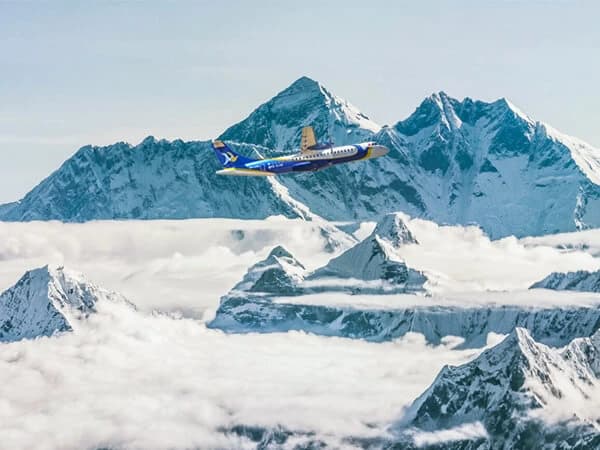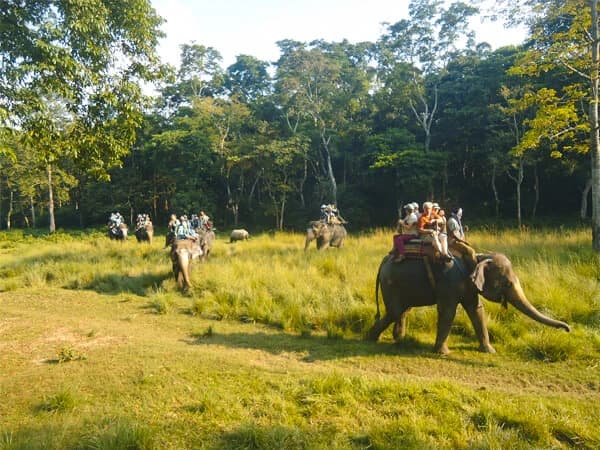Trip Overview
Trekking to Upper Dolpo: An Expedition into Nepal's Remote Wilderness.
One of the remotest parts of Nepal, Upper Dolpo is actually a brilliant destination, truly attracting tourists through its beauty and the rich, vivid Tibetan culture. The tall mountains combined with deep valleys and calm lakes form the perfect combination for an adventurer.
Upper Dolpo Trek offers a unique opportunity to observe this paradise on earth right from taking a flight from Kathmandu to Nepalgunj. During this trek, one penetrates deeper into the mountains, far away from the hustle and bustle of crowded paths. If peace and a peek into ancient traditions are what one wants, then there's no better destination than Upper Dolpo.
You will walk for 25 days through ancient trade trails and above high passes like Kang La-5,320m. It is a serious view factor every step of the way-as huge peaks tower above and deep valleys fall away. Dolpo, harsh terrain reveals the real wild beauty of Nepal-the best destination for trekkers in quest of authentic wilderness adventure.
Shey Phoksundo Lake is a highlight, high-altitude, turquoise-colored water nestled between snow-capped mountains. These reflections come onto the surface of the water to give one a really tranquil sight. Alongside this lake flows Ringmo Village, which is a spiritual haven housing several ancient monasteries.
As you go further up to Upper Dolpo, you pass through the villages like Phoksundo and Ringmo where life virtually stands in time. You come across the people, locally called Dolpa-pa, with all their Tibetanness preserved. It is these traditions and age-old customs that have kept these peoples' cultures intact for your real taste of culture.
It is one of those few treks that combine lifetime memorable adventure along with a cultural trek. The isolated monasteries and villages stand steeped in spiritual significance, while the landscapes reverberate with a deep sense of history and connection. More than a challenging walk, this is a journey into the soul of the land and its people.
Major Highlights of Upper Dolpo Trek
- Nature walks/hiking in the most remote and natural areas of Nepal far from the beaten track.
- Cross high mountain passes like Kang La 5,306m for great views of snowy peaks.
- Visit the famous Shey Phoksundo Lake, where turquoise-colored water shines amidst somber surroundings.
- En-route stoppages to visit old Tibetan Buddhist and Bön monasteries.
- Stop at most remote villages such as Ringmo or Phoksundo, where ancient customs still prevail, unchanged over centuries.
- Come across the Dolpo-pa people living in the traditional ways molded by Tibetan culture.
- Hike across jagged mountain ranges, deep valleys, and a silent high-desert expanse.
- Enjoy the peace and quiet that goes hand-in-hand with trekking in this infrequently visited part of Nepal.
What to Expect on the Upper Dolpo Trek?
Trek to Upper Dolpo is probably one of the most exciting and difficult treks into the remote areas of Nepal. It provides the experienced trekker with solitude, a unique cultural experience, and nature's beauty on this long journey, taking 25 days in all. Be prepared for as many as 6-8 hours of walking on rugged terrain-high mountain passes and steep valleys-day in and day out. The pathways will take one through a stunning vista: arid mountains, deep canyons, and tranquil high deserts.
You will get to experience everything from the physical challenge of high passes, such as Kang La at 5,306 meters, to the serenity of the turquoise waters of Shey Phoksundo Lake. The elevation factor will be highly present in this trek; hence, the proper rest days for acclimatization have been included in the itinerary for both safety and enjoyment.
The trek is moreover truly cultural, as it takes one through some of the most remote villages, including Ringmo and Phoksundo, with locals called Dolpo-pa who follow traditional ways in Tibetan Buddhism and Bön even to this date. You see from the cultural point of view how life has gone unchanged here for centuries.
Accommodation on the trek is basic, with most nights spent in simple tea houses or camping under the stars. The remoteness of the region means that you’ll be trekking far from the usual tourist trails, offering solitude and the opportunity to connect deeply with nature and local culture.
Get ready for an unforgettable adventure into one of the most fantastic, unspoiled areas in Nepal!






